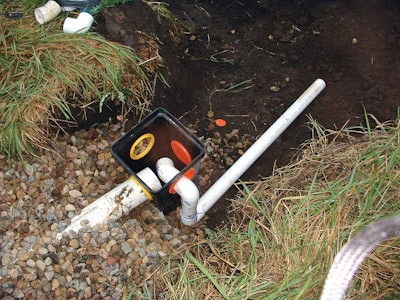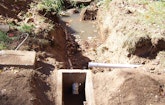With most conventional onsite systems, flow from the septic tank is via gravity with the goal of even distribution across the soil treatment area. Flows can be split through perforated piping and rock, synthetic media or hollowed-out chambers, and other mechanisms. Because soil...
It’s Time For Tough Talk About Gravity Distribution
Systems are sized assuming even distribution along drainfield lines. How often do the results match the assumption?
Popular Stories
Discussion
Comments on this site are submitted by users and are not endorsed by nor do they reflect the views or opinions of COLE Publishing, Inc. Comments are moderated before being posted.










